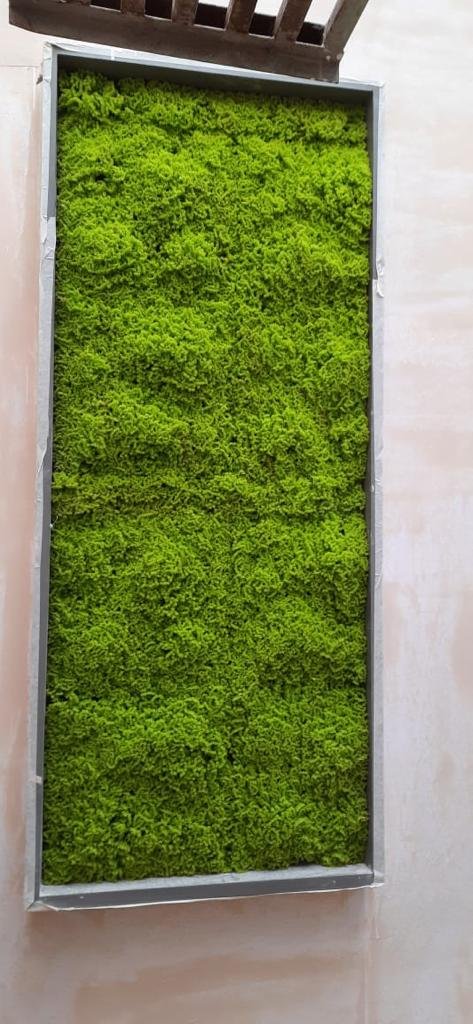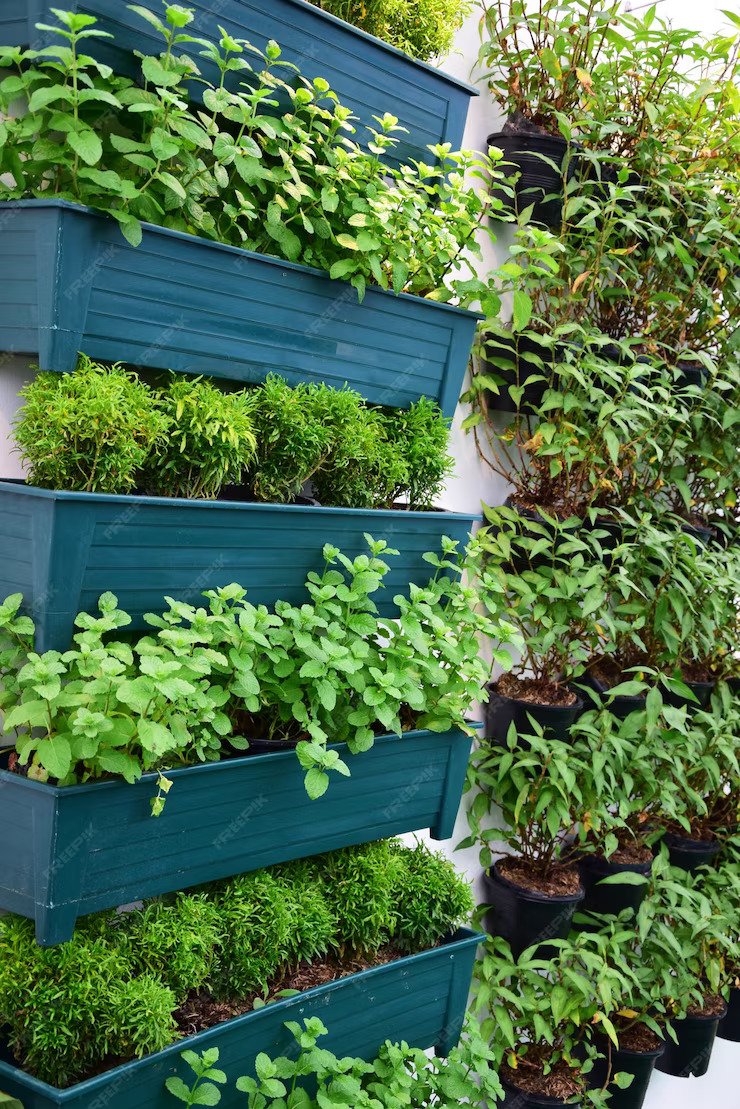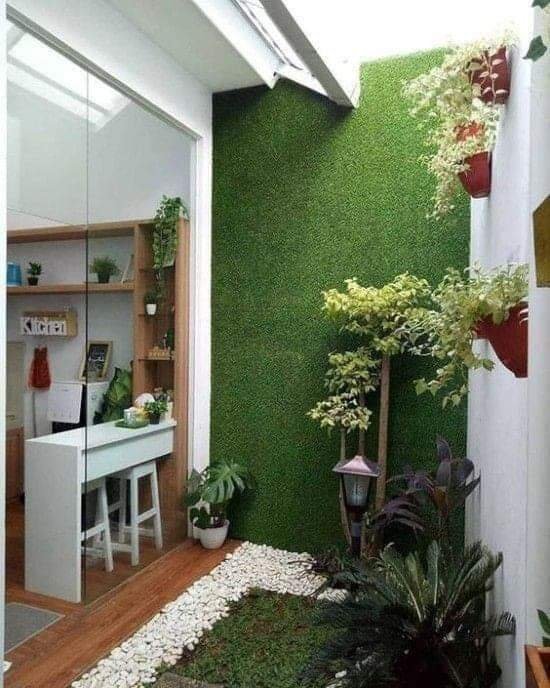Botanical Bliss: Transforming Indoor Spaces with Interior Landscaping.
Interior landscaping, often referred to as “landscaping” or “indoor landscaping,” is a transformative practice that brings the beauty and vitality of nature into the built environment. Beyond the aesthetic appeal, interior landscaping contributes to improved air quality, enhanced well-being, and a more vibrant and inviting atmosphere. In this article, we explore the world of interior landscaping, its benefits, popular plant choices, and how it can redefine the ambiance of indoor spaces.
The Benefits of Interior Landscaping
- Enhanced Aesthetics: The introduction of greenery into interior spaces adds a touch of natural elegance, creating visually appealing and harmonious environments. Plants can be strategically placed to complement architectural elements and interior design.
- Improved Air Quality: Indoor plants act as natural air purifiers by absorbing pollutants and releasing oxygen. They contribute to a healthier indoor atmosphere, reducing the levels of certain volatile organic compounds (VOCs) and enhancing overall air quality.
- Stress Reduction: The presence of plants has been linked to stress reduction and improved mental well-being. Indoor landscaping provides a connection to nature, creating calming and soothing environments that can positively impact occupants.
- Increased Productivity: Studies suggest that the inclusion of greenery in the workplace can enhance productivity and concentration. The visual appeal of plants and the connection to nature contribute to a more positive and focused work environment.
- Noise Reduction: Some plants have the ability to absorb sound, contributing to noise reduction in indoor spaces. This is particularly beneficial in office settings or areas where noise control is essential.
Popular Plant Choices for Interior Landscaping
- Ficus elastica (Rubber Plant): Known for its large, glossy leaves, the rubber plant is a resilient choice that thrives in various indoor conditions.
- Sansevieria (Snake Plant): Recognized for its air-purifying qualities, the snake plant is low-maintenance and adds a modern, architectural element to interior landscapes.
- Epipremnum aureum (Devil’s Ivy or Pothos): A versatile and adaptable plant, pothos is popular for its trailing vines and air-purifying capabilities.
- Ferns (Various Species): Ferns add a delicate and feathery touch to interior landscapes, thriving in spaces with high humidity and indirect light.
- Spathiphyllum (Peace Lily): Valued for its elegant white blooms and air-purifying abilities, the Peace Lily is a popular choice for both homes and offices.
Design Considerations
- Lighting: Understanding the lighting conditions of the space is crucial for selecting plants that thrive in either low, medium, or bright light. Consideration should also be given to the direction and intensity of natural light.
- Maintenance: Different plants have varying care requirements. When designing an interior landscape, choose plants that align with the available maintenance resources, whether it’s regular watering, pruning, or fertilizing.
- Space Planning: Consider the available space and the intended impact of the interior landscaping. Clustering plants in specific areas or integrating them into existing design elements can create cohesive and visually appealing landscapes.
- Aesthetic Harmony: Plants should complement the existing color palette and design elements of the space. Consider the size, shape, and color of both the plants and their containers.
Conclusion
Interior landscaping is a powerful tool for transforming indoor spaces into vibrant, health-promoting environments. Beyond its aesthetic allure, the inclusion of plants contributes to improved air quality, reduced stress, and increased overall well-being. Whether in homes, offices, or commercial spaces, the integration of carefully chosen greenery fosters a connection to nature and elevates the ambiance, creating spaces that are both visually captivating and conducive to the flourishing of occupants. Embracing the beauty of interior landscaping is not just a design choice but a commitment to fostering a healthier and more harmonious living and working environment.







